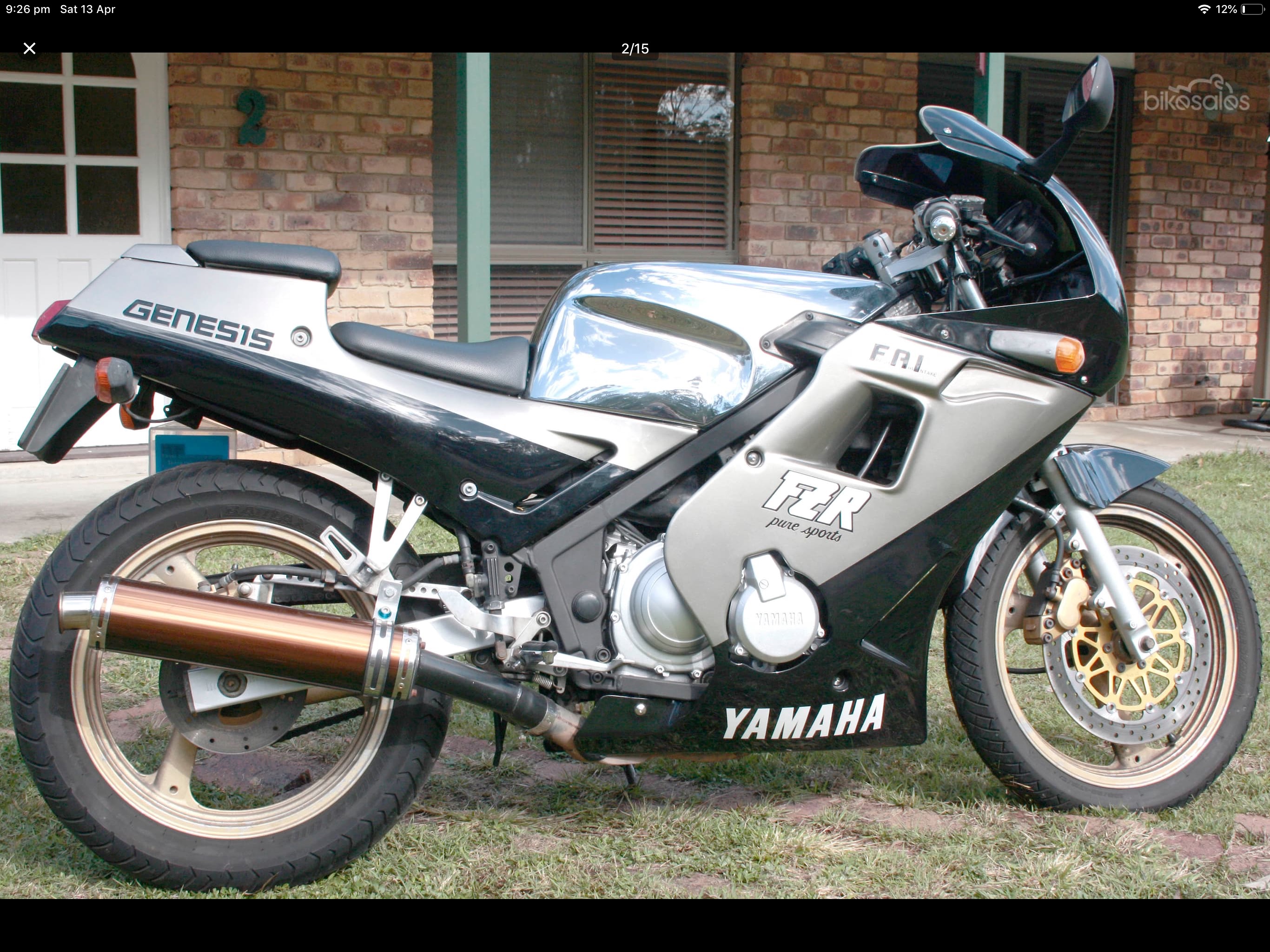1987 Yamaha FZR250 2KR
Motor: QS 273 6000W V3 hub motor 13.58Kv
Speed Controller: Kelly KLS7250H
Batteries: 23s1p 117Ah NMC prismatic cells (v1 Headway, v2 A123 20Ah pouch cells)
Top Speed: 110kmh
Range: 150-200km (to be confirmed)
I started this project in 2019 and having been keeping a build thread on another forum so there's a lot of posts to add here. The project is mostly complete but as these things go, they never really end :wink:
This was the donor bike:

Motor: QS 273 6000W V3 hub motor 13.58Kv
Speed Controller: Kelly KLS7250H
Batteries: 23s1p 117Ah NMC prismatic cells (v1 Headway, v2 A123 20Ah pouch cells)
Top Speed: 110kmh
Range: 150-200km (to be confirmed)
I started this project in 2019 and having been keeping a build thread on another forum so there's a lot of posts to add here. The project is mostly complete but as these things go, they never really end :wink:
This was the donor bike:

